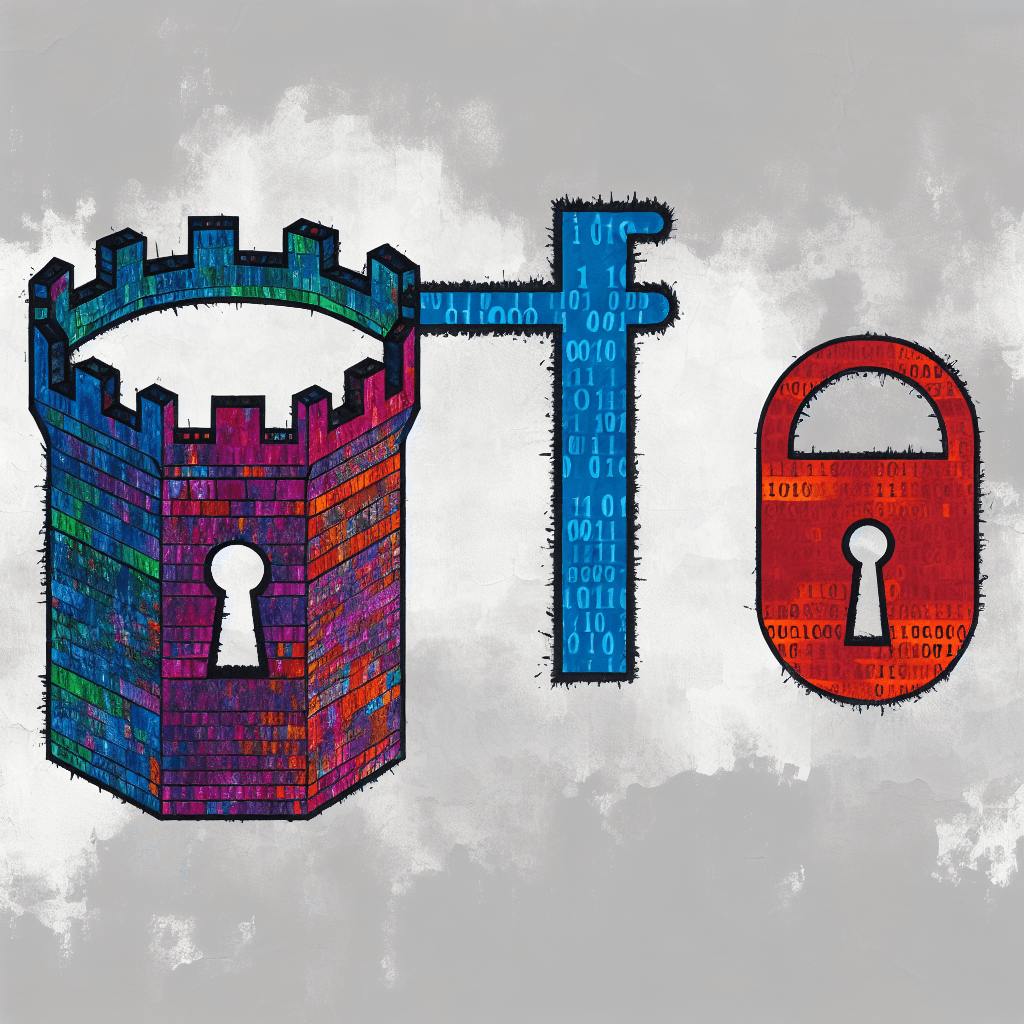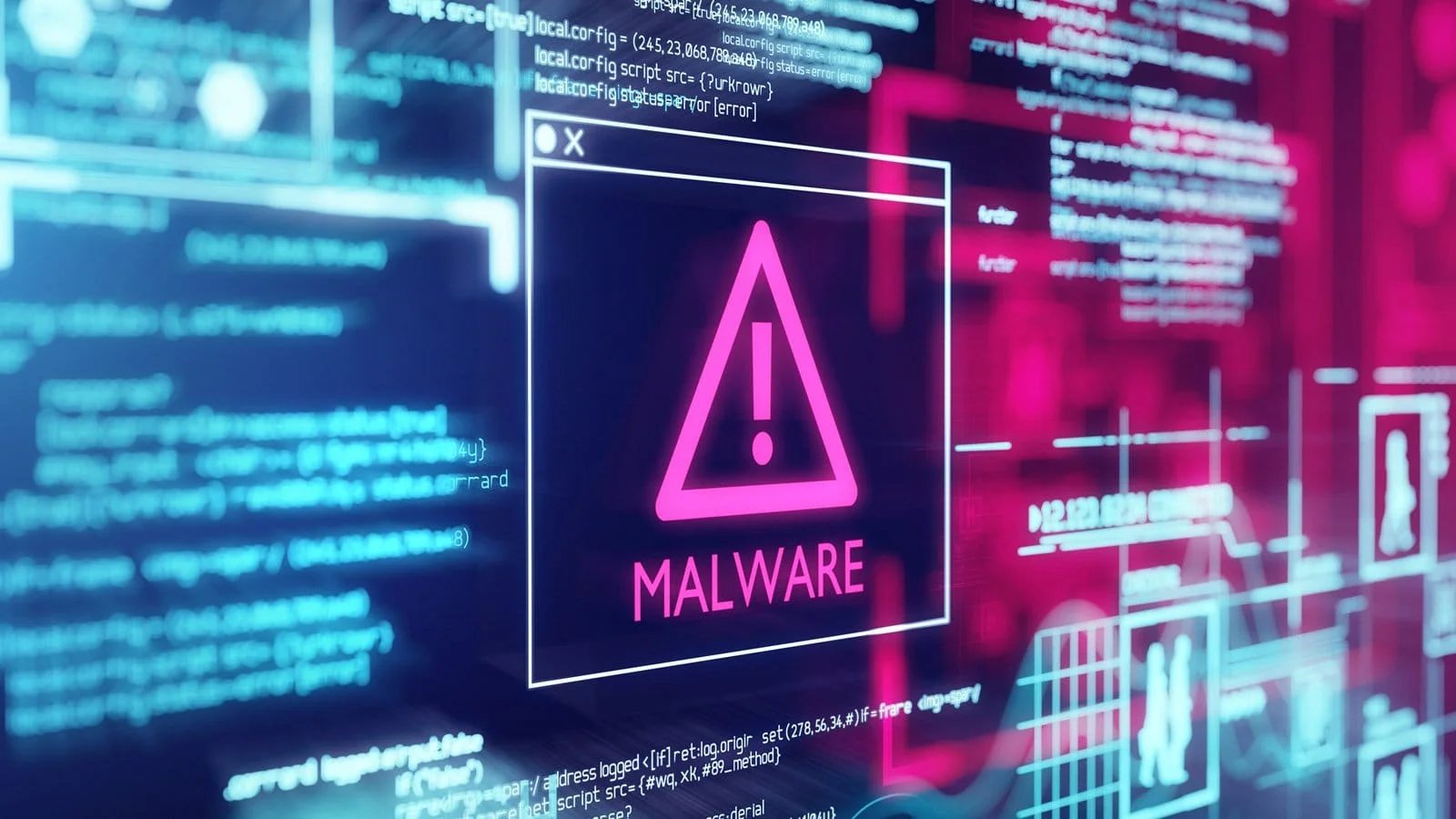If you step back and really look at what’s happening in the world of online threats, it’s clear things are changing faster than most people realize. Not long ago, cyber threats meant simple scams or spam emails. Today, the landscape is a tangled web of dangers that stretch far beyond those basics. Children, especially in their middle school years, face risks that are both old and new, like cyberbullying combined with the ominous emergence of AI-generated content.
From a cybersecurity leadership standpoint, this isn’t just about technology. It’s about understanding a new kind of battlefield. The research reveals that nearly one in four families says their kids have already been targeted in some way. And the most alarming part? The threats seem to spike when children gain digital independence but might not yet be armed with enough CISO expertise or knowledge to fend it off. The rise of AI tools makes this even more confusing. Fake videos, AI-written messages, and manipulated images are becoming common tools of harm. What used to be science fiction now feels very real. And it’s not just about protecting data; it’s about safeguarding mental health and childhood innocence.
Addressing the Invisible and the Visible Threats
Cyberbullying remains the leading concern for parents, yet it’s only part of a much bigger picture. Nearly half of the children who face online threats experience direct harassment. It’s cruel. It’s relentless. And it targets the very foundation of young people’s confidence and safety. What’s more troubling is how AI has turned these dangers into something more convincing and harder to recognize. Deepfakes that can distort reality or “nudify” technology that manipulates imagery threaten the very fabric of trust online.
This is a wake-up call. It highlights the importance of strong information security in the age of AI. Protecting children online is no longer just about blocking malicious links. It’s about adapting security strategies to new and evolving threats. The challenge is clear: we must develop better awareness, management, and response plans that fit the digital childhood era. Experience shows that CISO thought leadership must extend beyond traditional borders—into the schools, homes, and daily lives of these vulnerable users.
The truth remains: cyber threats grow more sophisticated, and with them, the need for smarter, more proactive leadership. These dangers are here to stay, and they demand an urgent, coordinated effort. The focus now is on understanding the risks so we can manage them better. Without question, the fight for safe online childhoods hinges on how well cybersecurity leadership adapts and evolves. It’s no longer enough to be reactive. We need to lead with insight, resilience, and the kind of expertise that keeps pace with tomorrow’s threats.
Strengthening Digital Defenses for Competitive Advantage
Staying at the forefront of cybersecurity innovation is crucial for business survival and competitiveness. Keeping abreast of developments in areas like blockchain security, artificial intelligence in threat detection, and advanced encryption can provide businesses with a significant advantage in safeguarding their digital assets.
Some essential points to remember:
- Implement Robust Parental Controls
Set up filters and monitoring tools on devices. This limits exposure to harmful content. It creates a safer online space for children. - Teach Digital Literacy and Empathy
Educate kids on recognizing and responding to cyberbullying. Foster empathy to reduce harmful behaviors. This builds resilience against digital threats. - Encourage Open Communication
Create a trusting environment where children feel safe sharing online concerns. Talk regularly about their digital experiences. Open dialogue boosts awareness and proactive responses. - Promote Critical Thinking and Skepticism
Help children question content, especially AI-generated media or manipulative messages. Develop skepticism as a vital skill. This guards against emerging deepfake and manipulation threats.
Each solution aligns with core insights from ‘Securing Success in a Digital World,’ emphasizing proactive strategies. These lessons underscore resilience and adaptability in navigating cyber risks—vital for sustainable growth and future readiness.
From the Author
Recent statistics show a worrying trend in cybersecurity: attacks are becoming more frequent and more severe. This escalating problem underscores the need for a collective approach in the cybersecurity community. Sharing knowledge, resources, and best practices is crucial to staying one step ahead of cybercriminals.
I endeavor to curate stories like this one on my website. This serves a dual purpose: firstly, to provide a valuable reference for my writing endeavors, and secondly, to share insightful narratives with the wider community. If you like this story, you should check out some of the other stories in the Management section or Small Business section.
You can also find more of my Cybersecurity writings here in the Cybersecurity section.
To check the original story Click here
Stay Up-to-date
Stay informed on the latest cybersecurity strategies and tools, check out Google Cybersecurity Certification.
AI-Cyber-V2







